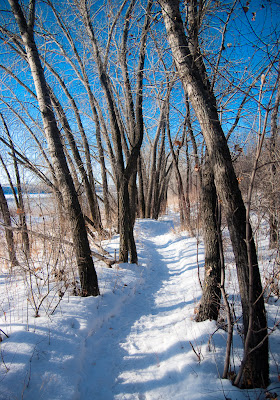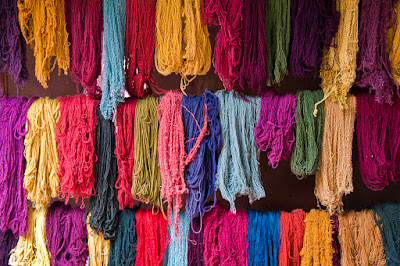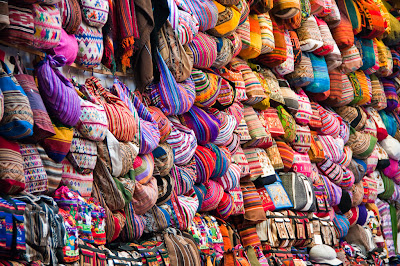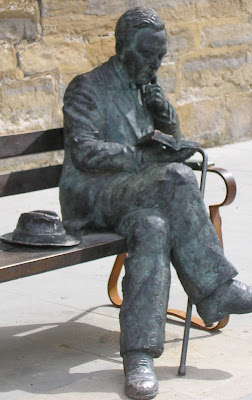“Learning is so much more meaningful when you experience things firsthand, when both you and the students are excited and interested in what you’re doing,” says Terri Jackson, a Grade One/Two teacher at
Mayfair Community School in Saskatoon. Not to worry. Students in Terri’s classroom have every opportunity to touch, feel, taste, and experience.
Greenscapades
In 2010, Adrianne Begg, the School Garden Coordinator for
Agriculture in the Classroom – Saskatchewan, phoned Terri and asked her if she would be interested in receiving funding to develop an outdoor garden at Mayfair School. “It was too good to be true,” says Terri. “My dream had become a reality.”
Terri wanted to make sure that the students felt a sense of ownership for the school’s outdoor garden, so all 180 children at Mayfair School were assigned a task. The Grade Four and Five students, along with community volunteers and staff from Agriculture in the Classroom, picked up tools and constructed raised beds from pre-cut lumber. Another group of students set up a circular bed of native prairie plants using reclaimed prairie (with help from
LichenNature) around the school sign. Terri hopes that it will include sweetgrass and red lily so that older students can discuss medicinal plants and Aboriginal culture.
After lunch, the kindergarten to Grade Four students went back and forth with buckets full of dirt. By the end of the day, everything, from tomatoes to gladioli, was planted – and a harsh overnight frost killed it all. Terri quickly replanted over the weekend and collected bed sheets so that they would be ready the next time there was a frost warning.
A second year of funding has allowed Mayfair School to expand its garden, and the Grade Seven and Eight students are putting in a large, circular bed. The students will decide what kind of garden they want. Will it be a Pizza Garden, with pie-shaped wedges of tomatoes, peppers, and herbs? Or a salsa garden, a flower garden, or a Three Sisters garden (squash, beans, corn)? That will be their decision.
Summer Garden Program
Five Saskatoon schools (Mayfair, St. Michael’s, Westmount, Confederation Park, and St. Maria Goretti) were given funding through Agriculture in the Classroom for outdoor gardens, and they were also invited to participate in the Summer Garden program. The summer drop-in program offers garden-based activities one day a week at each of the five schools and ensures that the gardens are watered and weeded. (A recent
article in
Saskatoon Wellbeing Magazine provides further information.)
Terri hopes to eventually get the community involved in caring for the community garden. She dreams of planting fruit trees and berry bushes and offering cooking classes to teach parents how to make apple sauce.
Garden Club

Terri has started a Garden Club with interested students from Grades Two through Seven. They meet for half an hour every week and have built a compost bin out of old pallets. The Grade Three teacher will put her students in charge of a recycling challenge and collection.
See, Touch, Taste
An outdoor garden isn’t enough. Terri’s classroom is also filled with plants, along with grow lights and a ventilation system as part of Ag in the Classroom’s
Little Green Thumbs program. The children love it and are so excited when shoots come up and when the plants flower. “You can forget about taking attendance until the kids have had a chance to inspect their plants,” Terri says.
The connection between plants and food isn’t always clear though. When the students inspected the baby cucumbers, they thought they were pickles. So Vida Sadler, the class’s educational assistant, assembled the supplies and showed the students how to make pickles. They had a cheese and pickles snack every morning for a month, along with Tiny Tim tomatoes from their garden.
Terri has also brought in fish from the supermarket and let the students touch and poke it before cooking it up with some of their own dill.
In the future, Terri hopes the class will be able to foster baby sturgeon and then release them into the river, and she would like to hatch frog eggs so that her students can watch them turn into tadpoles.
Agriculture in the Classroom
Agriculture in the Classroom is a registered charity that connects kids with agriculture through a variety of different programs. Twenty Saskatoon schools are involved in the indoor garden program, and five of them of also have outdoor garden programs. Teachers are supplied with resource materials and assistance to support their activities. Jessie Best has been managing the Greenscapades program since March 2011, while Shereen Kukha-Bryson has been in charge of the Summer Garden program for the past two summers.
Adrianne Begg says that the response to the program has been phenomenal. “We hear about cucumber plants that produced meters of cucumbers, students requesting that their parents dig up parts of their lawns to grow gardens, teachers starting to garden and compost at home when they never had prior to participating. But what we hear most of all is that teachers are able to connect students with where their food comes from through the gardens, as well as with those who produce that food,” she says. “We believe that through their experiences in School Garden Programs, students, teachers and schools become empowered to be agents of change in their communities, growing toward a healthy and vibrant future for all.”
Agriculture in the Classroom welcomes donations of money or gardening supplies to help them meet the ever-growing demand for more school gardens.
Check out this great
video about the Little Green Thumbs Classroom featuring Terri and her students at Mayfair School.
Additional Experiential Learning Opportunities
Grade Five Program, Beaver Creek Conservation Centre
Brightwater Science and Environmental Program, Saskatoon Public Schools
EcoQuest, Saskatoon Public Schools
Earthkeepers, Saskatoon Public Schools
Outdoor School Program, Saskatoon Public Schools
EcoJustice, Greater Saskatoon Catholic Schools
Ecology Camps & Experiential Learning Workshops, Centre for Continuing and Distance Education, U of S
Education Programs & Camps, Saskatoon Zoo Society
Saskatoon Young Naturalists, Saskatoon Nature Society & Saskatoon Zoo Society


























